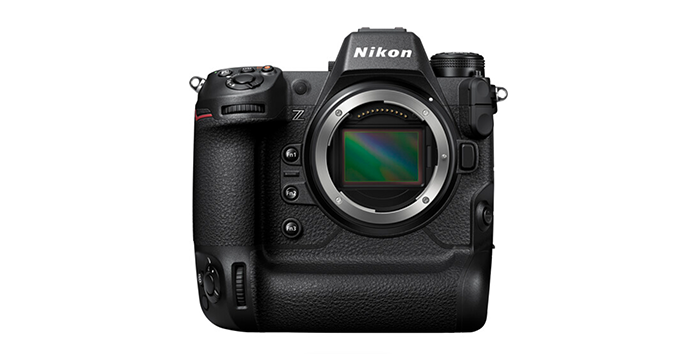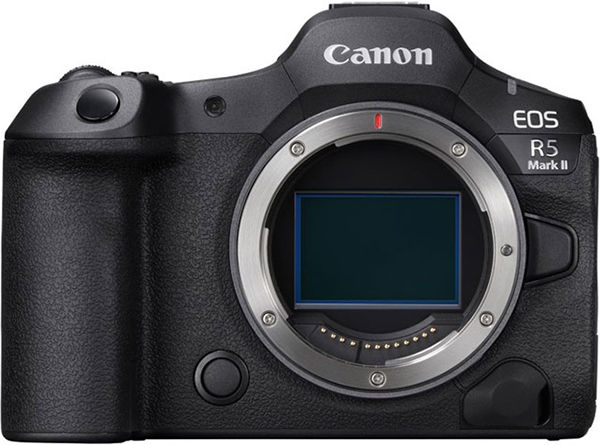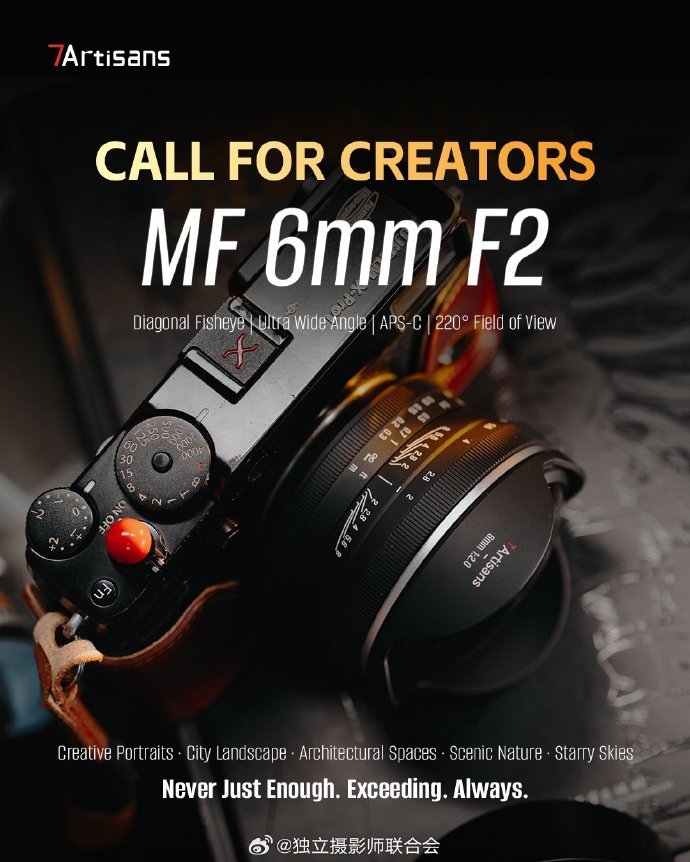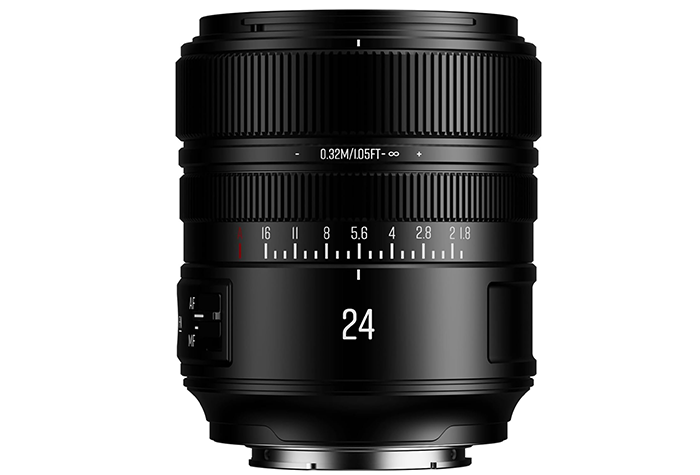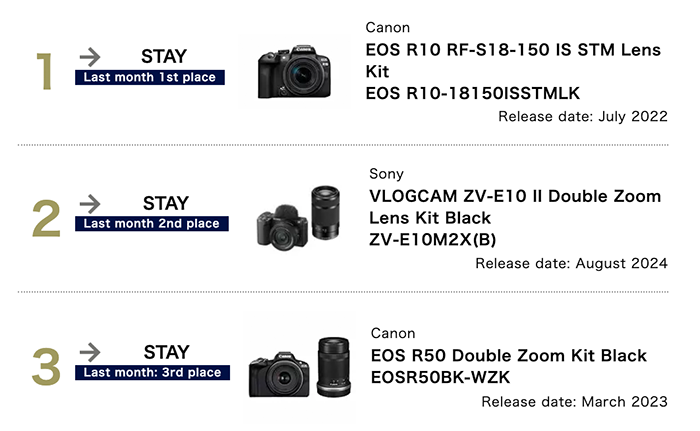Nikon Z9 Firmware v5.30 Rolls Out: Update Guide and What to Expect
Nikon has begun distributing firmware version 5.30 for the flagship Nikon Z9. The update is available now via Nikon’s official Download Center and is recommended for users who want the latest refinements and reliability improvements.
Changes from “C” Firmware Version 5.20 to 5.30
| Note: The changes listed below under “Still Photography”, “Video Recording”, “Playback”, “Controls”, and “Network” are detailed in the Supplementary Firmware Update Manual.
Note: Due to the addition of new menu items, some Custom Settings menu items have been renumbered. ■ Still Photography
■ Video Recording
■ Playback
■ Controls
■ Network
■ Other Changes
|

